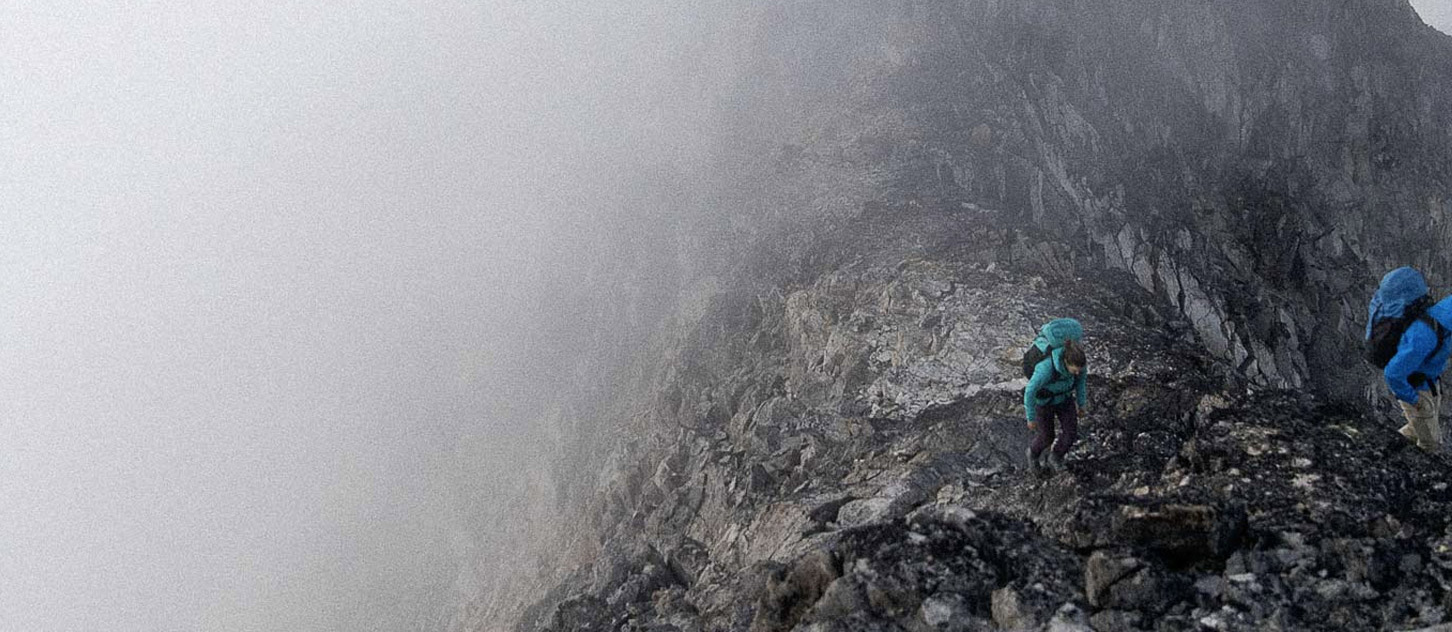
ACMG Mountain Conditions Summary for the Rockies and Columbia Mountains. July 9, 2020.
It doesn't quite feel like summer yet in the Rocky and Columbia Mountains.
WEATHER
About a week ago we had significant amounts of precipitation, most of which fell as snow above 2500 m. Since then it has been a mix of weather with a little bit of everything.
One constant has been inaccurate weather forecasts - not that I blame weather forecasters for this. The nature of the recent patterns mean predicting the timing of the systems that come through has been difficult. It sounds as if this trend could continue.
For the coming week expect short periods of good weather squeezed in between less stable, wetter conditions. Constantly checking updated forecasts will give the best chance of success.
Eastern slopes of the Rockies should be the driest this week. Alpine elevations could see some overnight freezes, especially when combined with a clear night.
CONDITIONS
It is, at best, late spring conditions at higher elevations. There are up to 1-2 m of snow at upper treeline elevations on the continental divide and in western areas.
Glaciers have good coverage, and snow/ice routes can be in good shape with a freeze. Without a freeze expect to posthole!
Mixed alpine ridges and faces are still difficult and hazardous due to snowy conditions. Ditto for shaded alpine rock routes above 2500 m.
Some steep alpine rock routes that face south and west are dry and have been climbed recently.
There is still plenty of snow to deal with on trails at treeline and above.
Most lower elevation rock climbing venues are climbable.
Scrambles on the east slopes are mostly dry but with significant snow patches. I noticed that many gullies and couloirs were still choked with snow in the Sawback Range last weekend.
HAZARDS
Some rock climbs may still have wet patches from regular rains and recent snow melt. The late start to the season also means rock scrambles will have rockfall hazards, especially where snow is present.
Wet loose and slab avalanches, and cornices are the major alpine hazards when temperatures warm up, which happens rapidly at this time of year. Remember, the nights are still very short.
Lightning is always a concern during these periods of unstable weather.
The mountains have become busier in the past week. The Banff area has recently had some bold wolves interacting with people and this is a reminder to make noise and carry bear spray when traveling in critter country. Two legged critters are also something to keep in mind as there is a greater chance of someone being above or below you on your intended route. Utilize your safe spots as best you can, and consider other route options if another party is on your climb.
OBJECTIVES
This week I am headed for:
- south and west facing alpine rock climbs
- snow and ice routes where I can move fast with early starts on cold mornings
- front range scrambles
- flower hikes at and below treeline
I am avoiding:
- long mixed routes where deeper snow and rapidly warming mornings will create avalanche, cornice fall, and rockfall hazards
- shaded alpine rock climbing above 2500 m
- high elevation hiking trails
Patience is a virtue in the mountaineer's world. It will get rewarded. Once we get a stable weather pattern it could be a mountaineering season to remember.
Mark Klassen
Mountain Guide